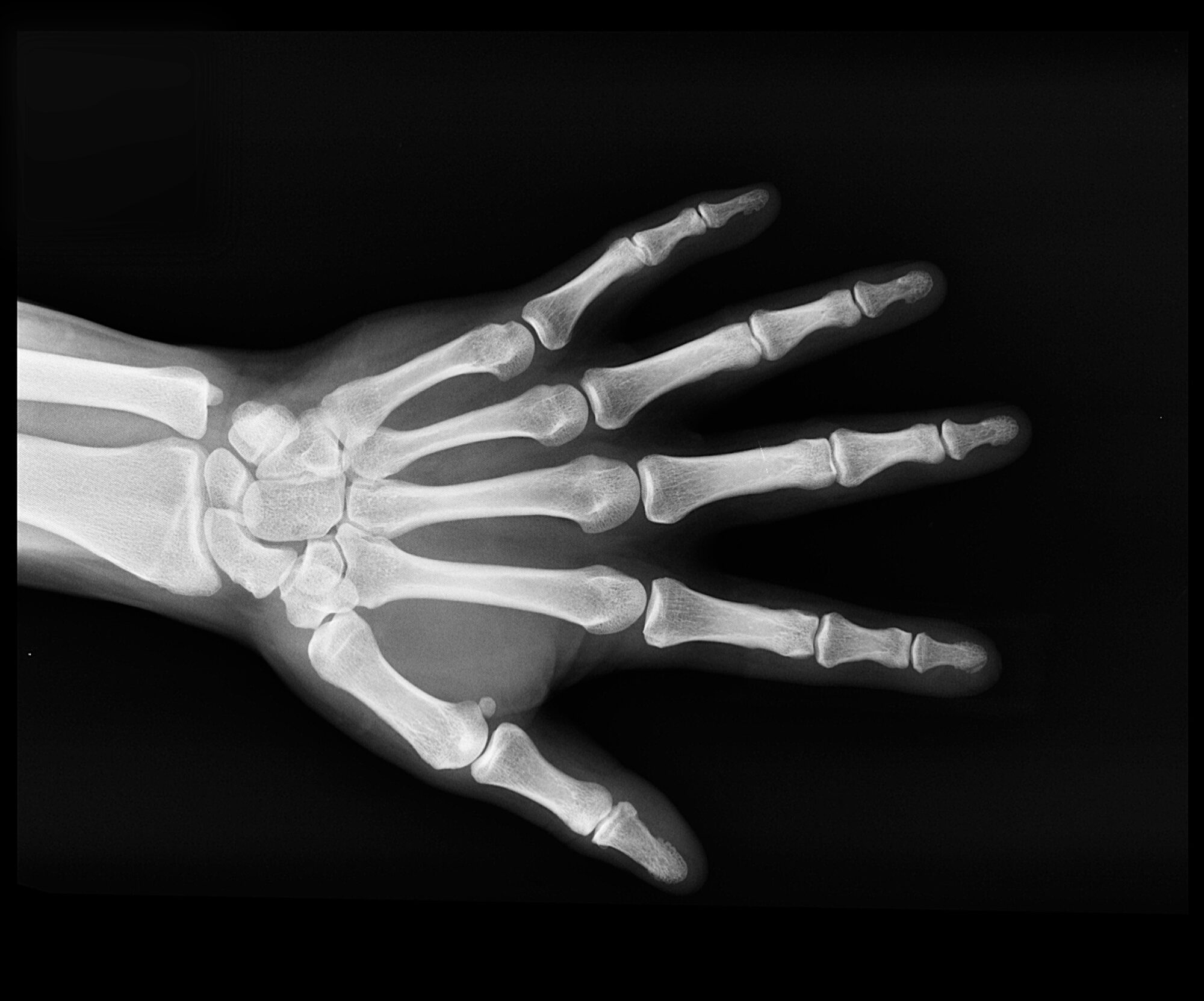By Motion Physical Therapist: Dr. Michelle Steege PT, DPT
Diagnostic imaging, most commonly x-ray, MRI or CT, can provide very useful information for diagnosis of common musculoskeletal injuries. But is that x-ray or MRI always necessary? The short answer is no. While there are instances where imaging is invaluable, routine imaging for musculoskeletal injury can be costly and expose patients to unnecessary radiation exposure (x-ray and CT).
“Diagnostic imaging is indicated for patients with low back pain only if they have severe progressive neurologic deficits or signs or symptoms that suggest a serious or specific underlying condition.”2. In addition to this specific population, research suggests patients should receive an MRI or CT scan only if they are potential candidates for surgical intervention or epidural steroid injection3.
Abnormalities seen on spinal imaging are common, even in individuals that are asymptomatic. Research shows that 50% of asymptomatic 40-year old’s demonstrated disk bulge on imaging. This prevalence increased to 69% in 60-year old’s. Disk degeneration was even seen in one third of asymptomatic 21-year old’s1. Degenerative changes in the spine are a normal part of aging.
Even for patients that are currently seeking treatment for pain, abnormalities seen on imaging are not always clinically relevant and it is unlikely these findings will guide conservative treatment, such as physical therapy. For example, in the case of osteoarthritis, the degree of arthritic changes seen on x-ray does not always correlate with the severity of symptoms. Interventions should therefore be based on the patient’s clinical presentation.
About Dr. Michelle Steege, PT, DPT:
Michelle is passionate about the profession of physical therapy, which allows her to help people return to the activities they love. Her experience in a hospital-based

outpatient orthopedic setting has given her the opportunity to treat a variety of orthopedic conditions and sports injuries. Michelle began her orthopedic residency at Motion in 2017, further advancing her knowledge in the world of physical therapy. She also has training in instrument-assisted soft tissue mobilization (IASTM) and running analysis.
Michelle earned her undergraduate degree from the University of Wisconsin – Eau Claire in exercise science. She then attended the University of Texas Southwestern Medical Center in Dallas where she earned her doctorate in physical therapy.
In her free time, Michelle enjoys being outdoors—running, biking, hiking, kayaking, and spending time at the cabin in northern Wisconsin.
Schedule an Appointment with Dr. Michelle Today
Works Cited
- Brinjikji, W., Luetmer, P. H., Comstock, B., Bresnahan, B. W., Chen, L. E., Deyo, R. A., … Jarvik, J. G. (2015). Systematic literature review of imaging features of spinal degeneration in asymptomatic populations. American Journal of Neuroradiology, 36(4), 811–816. https://doi.org/10.3174/ajnr.A4173
- Chou, R., Qaseem, A., Owens, D. K., Shekelle, P., & Guidelines, C. (2011). Clinical Guideline Diagnostic Imaging for Low Back Pain : Advice for High-Value Health Care From the American College of Physicians. Annals of Internal Medicine, 154(November 2010), 181–190. https://doi.org/10.7326/0003-4819-154-3-201102010-00008
- Flynn, T. W., Smith, B., & Chou, R. (2011). Appropriate Use of Diagnostic Imaging in Low Back Pain: A Reminder That Unnecessary Imaging May Do as Much Harm as Good. Journal of Orthopaedic & Sports Physical Therapy, 41(11), 838–846. https://doi.org/10.2519/jospt.2011.3618



